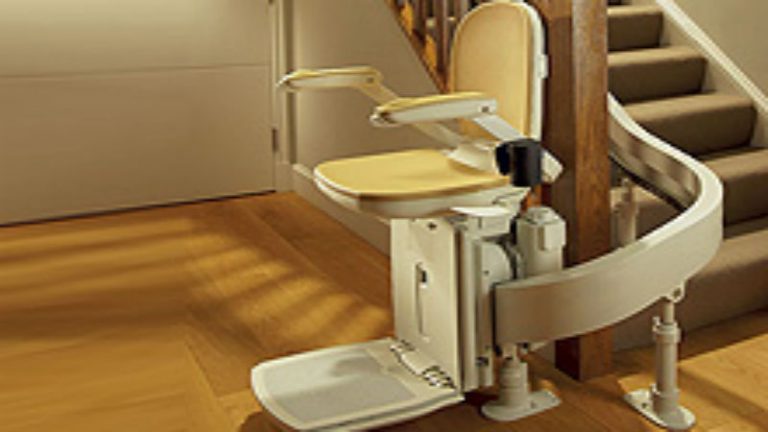Meniscus tears are frequently treated by physicians of sports medicine in Sacramento, CA. Athletes, especially those who are involved in contact sports, are at a greater risk for this type of injury. However, anyone of any age is susceptible to meniscus damage. When you hear someone talk about a torn cartilage in the knee, they are usually referring to a meniscus tear.
The Location of the Meniscus
Three bones meet at the knee joint. They are the thighbone or femur, the shinbone or tibia, and the kneecap, which is known as the patella. The two wedge-shaped cartilages that are located between the shinbone and thighbone act as shock absorbers and stabilize the joint. These cartilages are known as the meniscus, which is both rubbery and tough.
How the Injury Happens
A meniscus can tear in one of many ways. Sports medicine specialists state that common tears are referred to as bucket handles, flaps, or radial tears. In addition, the tearing of a meniscus often occurs at the same time as other injuries of the knee. Anterior cruciate ligament tears often happen in combination with a meniscus tear. As a result, a sudden meniscus tear often happens during sports play. For example, the player may squat before twisting the knee, thereby causing a tear. Sometimes the tear results from direct contact, such as a tackle.
Tears that Happen to Older Patients
According to sports medicine professionals, older people typically suffer from degenerative meniscus tears. Because the cartilage wears thin over time, it is more vulnerable to tears. If the meniscus has weakened with age, then simply getting out of a chair and twisting a certain way can result in an injury.
Symptoms That Indicate You May Have a Tear
The most common symptoms associated with a meniscus tear include pain, swelling and stiffness, locking of the knee, a sensation that the knee is about to give way, or the inability to move a knee through its full range of motion. If the problem is not treated, the meniscus can become loose and relocate inside the joint. When this happens, the knee may lock, slip, or pop. Contact us about this injury as well as other sports medicine injuries and therapies.








